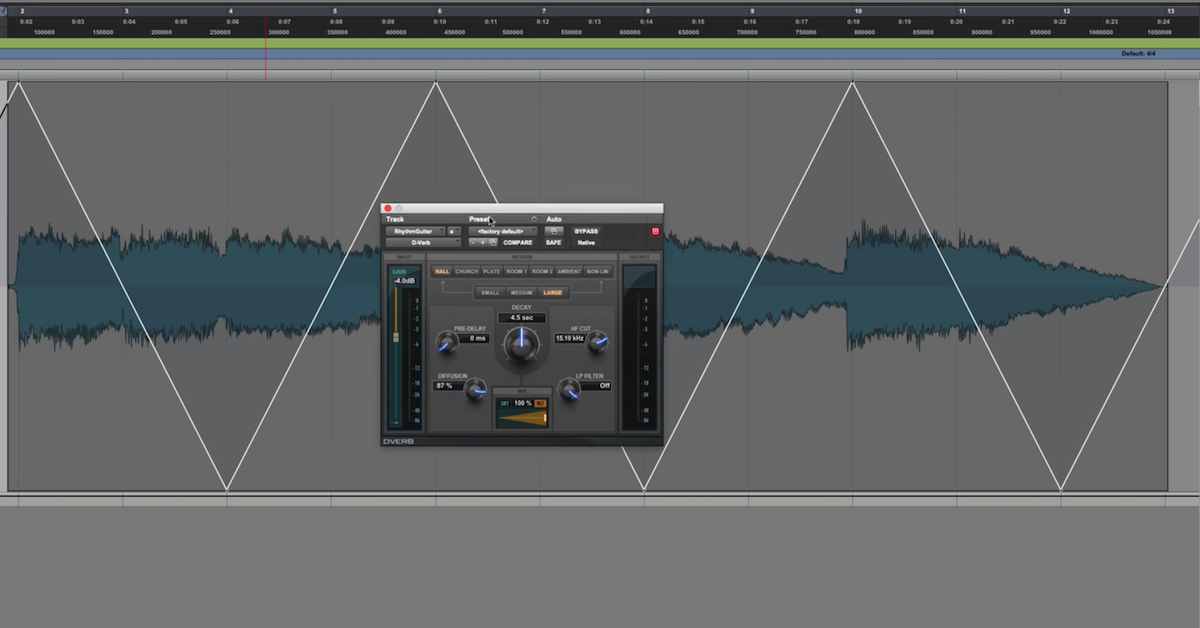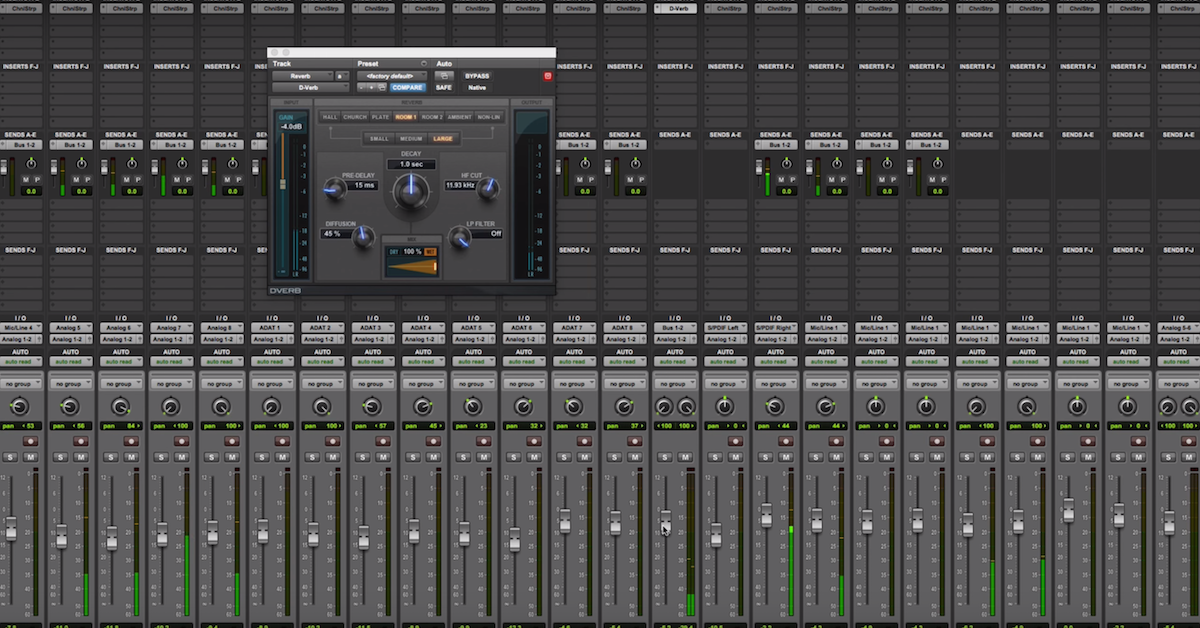19 Brian Eno Quotes for Studio Inspiration
Article Content
I can’t shake the chills I get from Ambient 2. I also have the flu.
Brian Eno’s entire ambient series offers the sensation of your current mood being spun into a warm musical cocoon orbiting your physical body. It’s comforting.
Ambient 2 is Eno’s collaboration with Harold Budd. Eno said of Budd that he indulged in “live improvisation on The Plateaux of Mirror … I would set up a sound, he would improvise to it, and occasionally I would add something: but it was mainly him performing in a sound-world I had created.”
In many ways, Brian Eno’s ability to manipulate and present ambient sound as musical empathy is by design.
From Pitchfork: “Eno’s ambient ideal was formed in 1975 during months of lying in a hospital bed recovering from a car accident, forced to listen to too-quiet 18th century harp music that his body cast prevented him from turning up. This alerted him to the way that recorded sound can effectively merge with the environment in which it’s played, appealing to ‘many levels of listening attention without enforcing one in particular.’ He aimed to create a cocoon for thought and reflection through a music that could be used with utilitarian purpose. He has described the process as a painter taking the human figure out of a landscape. In music, this figure took the form of his own voice, a cohesive melody, and other evidence of human intervention– by eliminating these, he created a sense of space where there was once an object.”
So I gathered some quotes that might inspire you. They might also potentially expand your definition and perspective of what the studio can be.
As soon as you externalize an idea you see facets of it that weren’t clear when it was just floating around in your head.
I started coming to the studio with less worked-out pieces, and eventually with nothing at all. I would just start working with that thing, “the studio,” as the instrument.
There is nothing outside of this process. This process called recording is the creative process. We don’t have the canvas standing in front of any landscape, you are going to make the landscape here and now.
Repetition doesn’t really exist.
As far as your mind is concerned, nothing happens the same twice, even if in every technical sense, the thing is identical. Your perception is constantly shifting. It doesn’t stay in one place.
If you had a sign above every studio door saying ‘This Studio is a Musical Instrument’ it would make such a different approach to recording.
Beware the panic effect that accompanies the high cost of studio time:
ADVERTISEMENTOne becomes increasingly oriented toward results, and progressively less inclined to engage in experimental activities that might not lead anywhere.
As a result of this, one focuses one’s attention on the safe bet, on the tried and tested techniques.
People in the arts often want to aim for the biggest, most obvious target, and hit it smack in the bull’s eye.
Of course with everybody else aiming there as well that makes it very hard and expensive to hit.
I prefer to shoot the arrow, then paint the target around it. You make the niches in which you finally reside.
The more time you spend on an old idea, the more energy you invest in it, the more solid it becomes, and the more it will exclude new ideas.
I wanted to use the studio like a microscope for sound, which is what good engineers do.
Most studio units — traditionally regarded as simple devices for altering or modifying a set sound — can be employed as instruments in their own right.
I can’t duplicate my own successes, because part of the creation of that effect is making something happen that you didn’t expect
Somebody in an interview said recently, “What do the words mean?” And I said, “What do the chords mean?”
A studio is an absolute labyrinth of possibilities — this is why records take so long to make because there are millions of permutations of things you can do.
The most useful thing you can do is to get rid of some of those options before you start.
Often in life you are confronted by many possibilities. The best thing you can do is just go for one with a quick decision, then make that choice work for you. It takes you to interesting places with surprising results.
When people censor themselves they’re just as likely to get rid of the good bits as the bad bits.
Having no silence in music is like having no black or white in a painting.
Music is actually a contingent combination of sounds whose emotional resonances are entirely dependent on the audience’s personal and shared histories as listeners.
Every increase in your knowledge is a simultaneous decrease. You learn and you unlearn at the same time. A new certainty is a new doubt as well.
Treat the recording studio as a laboratory for conceptual thinking — rather than as a mere tool.
As a maker you tend to put in twice as much as you need as a listener. It’s a symptom of contemporary production. Old records don’t have that problem.
With the facilities that you have today, you tend to plug every hole — you put more and more in. But as a listener you’re much less demanding… you can take things that are much simpler, much more open, and much slower.
It’s often happened that I’ve made a piece and ended up slowing it down by as much as half.
Further Inspiration …
Making Sound from Cristofer Odqvist is available now, an e-book filled with 15 chapters of practical techniques for sound design, production, mixing and more. Quickly gain new perspectives that will increase your inspiration and spark your creativity. Use the 75 additional tips to add new sparkle, polish and professionalism to your music.






